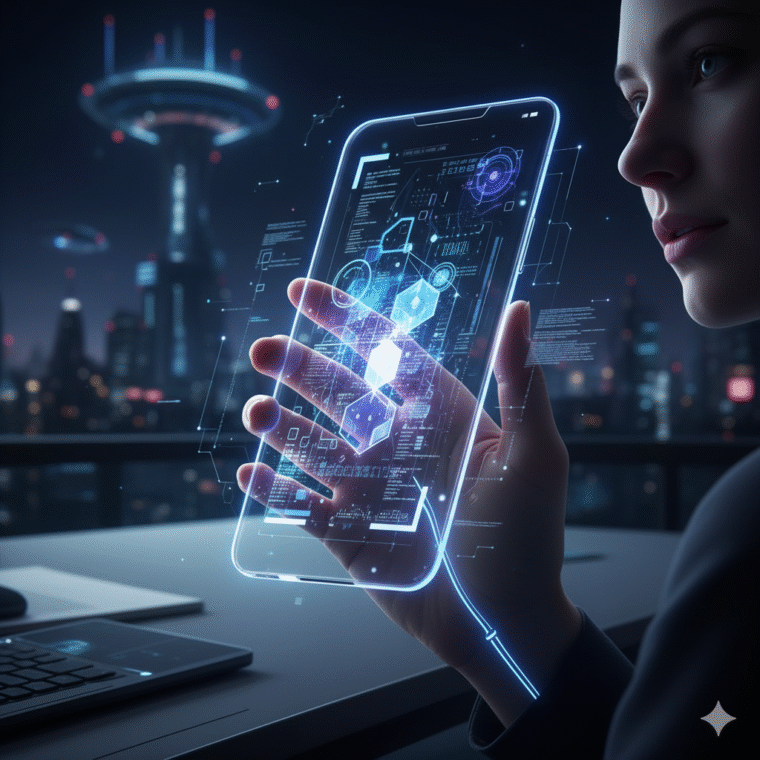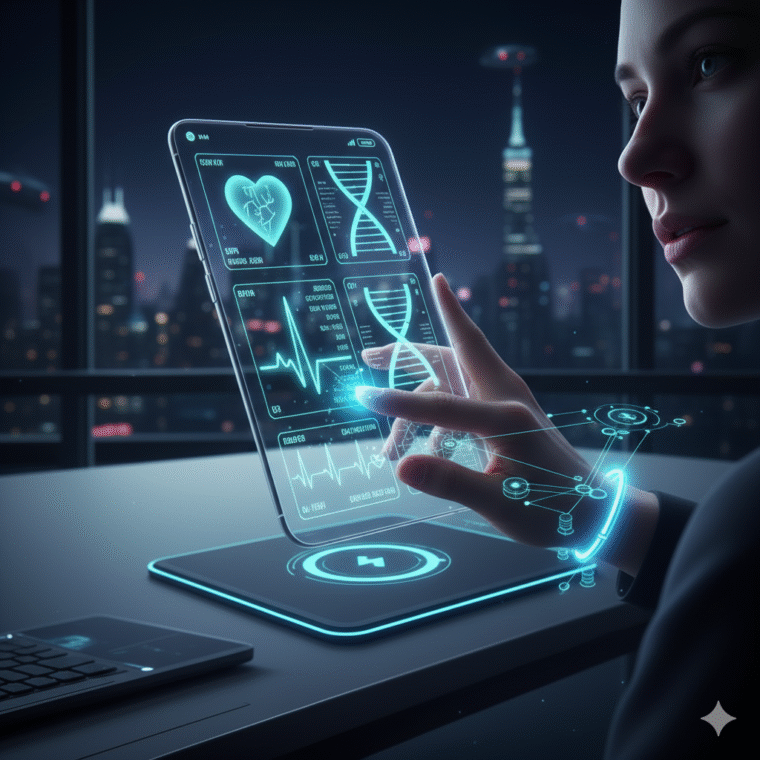The Future of Smartphones: Features That Could Redefine Our Digital Lives
A friendly look at tomorrow’s smartphones — from flexible designs to AI-powered companions.

Just a decade ago, smartphones were bulky rectangles with limited apps. Today, they’re slim, powerful, and nearly inseparable from our daily routines. But the story doesn’t end here. The future of smartphones is shaping up to be even more exciting — merging futuristic design, artificial intelligence, and new forms of interaction.
Let’s explore what tomorrow’s smartphones might look like, and the features that could make them feel more like companions than tools.
1. Foldable and Stretchable Designs
The flat slab design is slowly evolving. Foldable phones are already here, and the next step could be stretchable or rollable displays. Imagine a device that fits in your pocket but expands into a tablet when you need it. This flexibility can change how we read, work, and watch media.

2. AI as a Personal Companion
Future smartphones may run on powerful AI-driven operating systems that act like true digital assistants. Instead of typing, you might simply ask your phone to plan a trip, manage your health, or draft an email with context-aware precision. The phone may learn your habits so well it anticipates your needs before you ask.
3. Built-in Health Monitoring
Smartphones are already tracking steps and heart rates with wearables. Soon, sensors inside phones could monitor blood pressure, hydration, or even detect early signs of illness. Paired with AI, your device may become a real-time health companion.

4. Augmented Reality at Our Fingertips
Augmented Reality (AR) may shift from novelty to necessity. A future phone might project holograms or interactive 3D objects in real-time — useful for shopping, gaming, or even education. Imagine checking out furniture in your living room before you buy it, or joining a virtual class with holographic visuals.
5. Longer Battery Life & Sustainable Materials
Future smartphones may use graphene or solid-state batteries that last days instead of hours. Sustainability will also play a bigger role: recycled materials, modular parts, and eco-friendly designs could become standard, making devices both powerful and planet-friendly.
6. Ultra-Secure, Personalized Devices
Security may move beyond fingerprints and face scans. Future smartphones could use DNA-based authentication or continuous biometric monitoring, making it nearly impossible for anyone but you to access your device.
Final Thoughts
The future smartphone is not just a communication device — it’s a personal hub for work, health, entertainment, and security. While no one can predict the exact roadmap, one thing is clear: these pocket-sized devices will continue to transform the way we live.
Whether it’s a foldable screen, a health sensor, or an AI assistant that knows you better than you know yourself, the next generation of smartphones will blur the line between imagination and reality.

